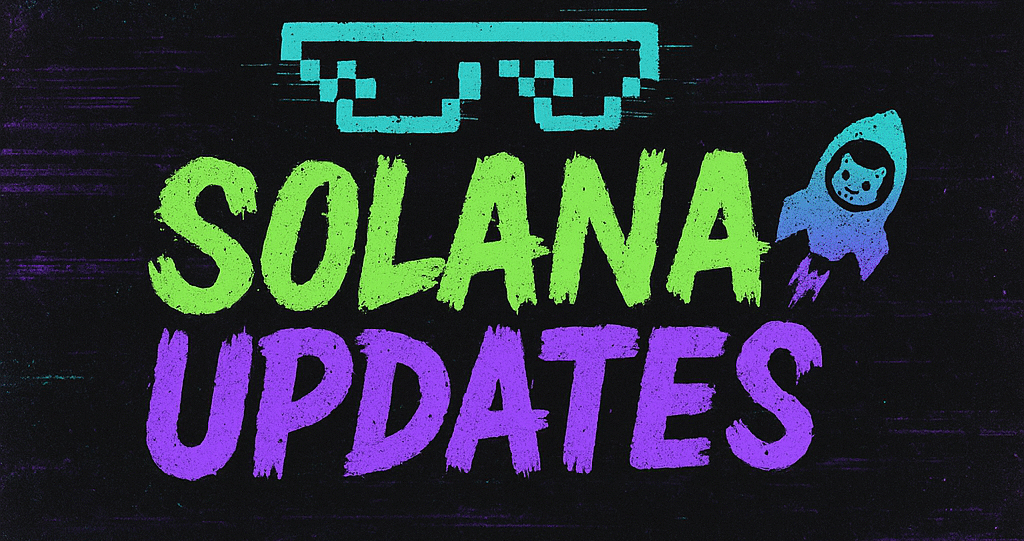In the evolving landscape of finance, the integration of blockchain technology is not just an innovation but a necessity. According to Sergey Nazarov, co-founder of Chainlink, blockchain-based compliance tools are poised to significantly reduce costs for traditional financial institutions (TradFi). As institutional investors lean more towards these solutions, the financial world stands on the brink of a transformative era.
Blockchain technology, once viewed with skepticism by traditional finance sectors, is now being recognized for its potential to streamline operations and slash costs. Nazarov’s insights, shared with Cointelegraph, highlight a growing trend where tokenized Real World Assets (RWAs) and blockchain compliance mechanisms are becoming integral to financial infrastructures.
Understanding the Shift
The traditional financial industry, with its complex and often cumbersome regulatory requirements, has long struggled with high compliance costs. These costs are not only financial but also time-consuming, often requiring significant human resources to ensure adherence to regulatory standards. Blockchain technology, with its inherent transparency and immutability, offers a compelling solution.
Nazarov explains that blockchain compliance tools provide a decentralized, tamper-proof ledger that can automate many compliance processes. This automation reduces the need for extensive manual checks and balances, thereby cutting down on labor costs and reducing the likelihood of human error. Moreover, the transparency of blockchain can enhance trust and reliability between financial institutions and regulators.
The Role of Tokenized RWAs
A significant aspect of this shift is the tokenization of Real World Assets. By representing physical assets such as real estate or commodities on a blockchain, financial institutions can unlock new efficiencies. Tokenization allows for fractional ownership, increased liquidity, and seamless transactions, which are crucial for modern financial markets.
Nazarov points out that as more institutional investors recognize these benefits, the adoption of tokenized RWAs is likely to accelerate. This adoption not only enhances asset management and trading but also complements existing compliance frameworks, making regulatory processes more robust and cost-effective.
Looking Forward
The implications of these advancements are profound. As blockchain technology continues to mature, the financial sector could witness a paradigm shift in compliance operations. Institutions that embrace these technologies early will likely gain a competitive edge, benefiting from reduced costs and increased operational efficiency.
However, this transition is not without challenges. Regulatory bodies worldwide are still grappling with how to best oversee blockchain-based systems. Nonetheless, the potential cost savings and operational improvements make blockchain compliance tools an attractive proposition for TradFi entities.
In conclusion, the integration of blockchain compliance tools and tokenized RWAs into traditional finance is not just a trend but a strategic move towards a more efficient, transparent, and cost-effective financial ecosystem. As Sergey Nazarov aptly highlights, the future of finance is on the cusp of a blockchain-driven revolution.
🛒 Recommended Product: Check out top-rated crypto gear on Amazon


